Have you ever wondered if you’re getting the most out of Nikon’s AF system?
Sure, AF modes may not generate the kind of anxiety that keeps you up till the wee hours of the morning, but it is something to consider. After all, we put a lot of time and effort into our photographs and I doubt you’ll ever run across a photographer who wouldn’t appreciate a higher keeper rate.
However, Nikon’s AF can be a double-edged sword. There are a myriad of options that cover just about any AF situation you may find yourself struggling with. However, knowing which combination of settings to select can sometimes be tougher than cracking the combination at Fort Knox.
I mean, when should you switch from Single Point AF to Dynamic 9, 21, or 51 AF? For that matter, should you be using Dynamic AF or Group AF – or switching between the two? What about 3D AF?
Of course, there are also a confusing number of options in the Custom Functions menu as well. What duration should you set your “Focus tracking with lock on” feature to? Should you set your AF-C mode to Release, Focus, or Focus + Release? For that matter, what’s the difference? Should you set to 11 or 51 AF points – and what exactly does that mean anyway? (Hint – it’s not the active number of AF points.)
Those are the types of questions I see all the time, so I created a video that will hopefully help un-muddy the waters a little bit. In this video, I’ll explain what each of the major Nikon AF modes does, why you might need it, suggestions for setup, and more. We’ll also stroll through some of the more important custom functions as well.
This video is based on my experience as a wildlife photographer, so you’ll likely need to tailor these suggestions to your own type of shooting. I can tell you that I’ve been happy with the results from the settings I describe in the video, but everyone has a different style, so feel free to modify the suggestions in a way that’ll work best for your type of photography.
Update For Nikon D5/ D500 Users
By and large, the info in the video still applies to the Nikon D5 / D500, however, there have been a few changes.
First and foremost, there are more AF points than found in previous models (153 total). In practice, this makes things work even better and there’s really no change in technique except that you have a wider spread of points across your screen (this is especially nice on the D500 – the AF points cover nearly the entire frame).
Since the new AF system has more AF points, the dynamic areas have changed. Instead of D9, D21, and D51 we now have D25, D72, and D153. Although they sound like they should be radically different, keep in mind that the AF points on the D5/ D500 are smaller / closer together than in previous cameras. As such, they cover about the same area as the old options did (i.e. D9 covered about the same area as D25 does now).
The last point I wanted to mention was that the custom function for AF Tracking With Lock On has changed rather dramatically.
Prior to the D5 / D500, we simply had the option of shutting it off or picking a duration (long, med, short, somewhere in between). However, the new AF system in the D5 / D500 has updated this feature and split it into two sections.
The first section replaces the “old” version of this custom function and is called “Blocked shot AF response.” This option can no longer be completely shut off – you have to choose between 1 and 5 (1 is quick, and 5 is the most delayed). In the past, I would totally shut this off since it was just as likely to lock onto the wrong thing as it was my subject, however, the new AF system is better and I’ve found this feature to be more useful than before. I generally have mine set at “2” and that seems to work well for most of my subjects. (Note, there is no longer an option for turning it completely off)
If there’s a lot of interference between myself and the subject and the camera seems to be locking onto that “stuff” before the subject emerges on the other side, I’ll go in and set it for a longer delay. However, most of the time I find that a setting of “2” is just right.
Under this first section we have a brand new area called “Subject Motion.”
This area gives you a way to tell the camera how erratic your subject is so it can better dial in the tracking. Most of the time, mine is set right in the middle, but if I run into a situation where the subject is erratic (think bats, swallows, that kind of thing), then turn it to “erratic.” As of this writing, I have not found any need to move it to “steady” and usually just have it set in the middle (or course that may change as I adjust to the new AF system).
Sample Shots
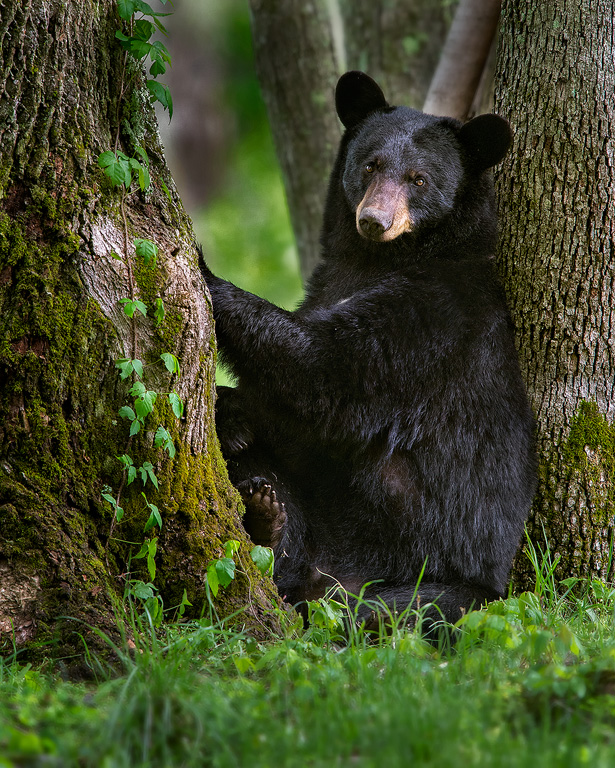
For subjects like this, you just can’t beat single point AF. Sure, Dynamic or even Group can get the shot as well, but the truth is it’s much better to be able to put the AF spot right on the eye for precise focus and single point AF makes it easy. (Nikon D4, 600mm lens + 1.4TC, 1/250th at F7.1)
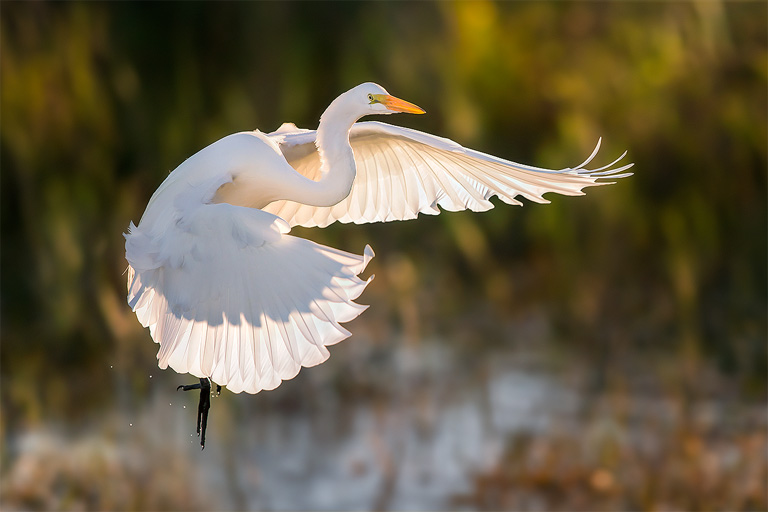
This is a prime example of why I like to shut OFF the “Focus tracking with lock on” feature. I was actually on another bird when I saw this one enter from the corner of the frame. I quickly changed birds and the lock was instantaneous. (Nikon D4, 600mm lens, 1/6400th, F4.5)
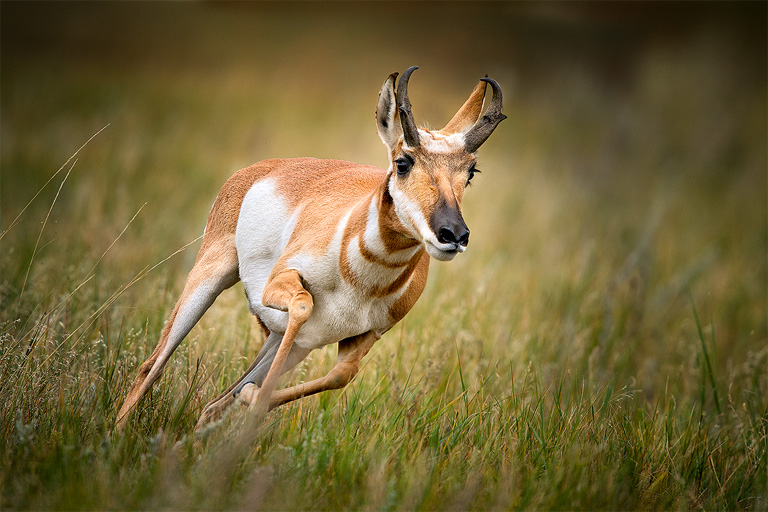
For this one, D9 came to the rescue. I was tracking this guy as he was flying by at 30+MPH and it was more than a little tricky to keep a single AF sensor on him at close range. Switching to D9, gave me a much better chance of keeping the AF area in the vicinity of his head. Group AF might have been even better but my D4 was born too early for that feature. (Nikon D4, 600mm + 1.4TC, 1/1600th at F5.6)
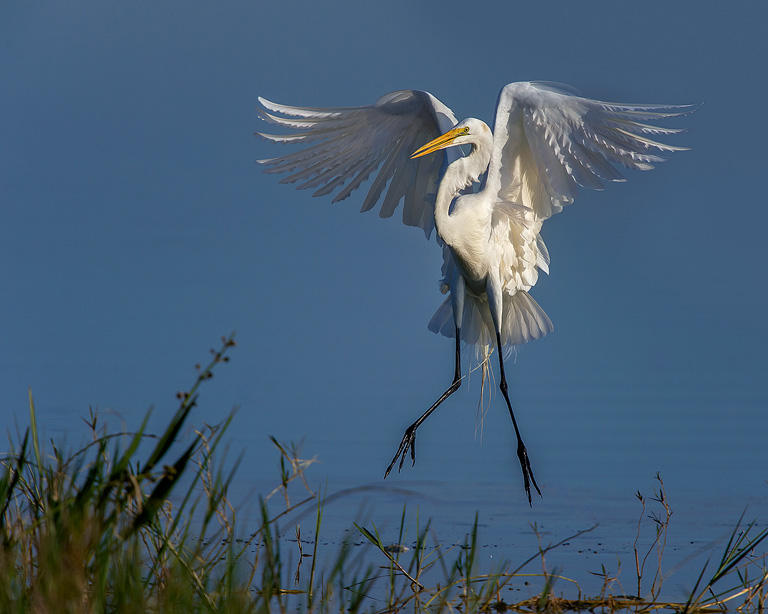
As I mention in the video, I love back button AF. One benefit with Back Button AF is that the camera is always in Continuous AF mode – making the tracking easy as this egret flew directly towards me on his way to a landing. (Nikon D4, 600mm + 1.4TC, 1/4000th F5.6)
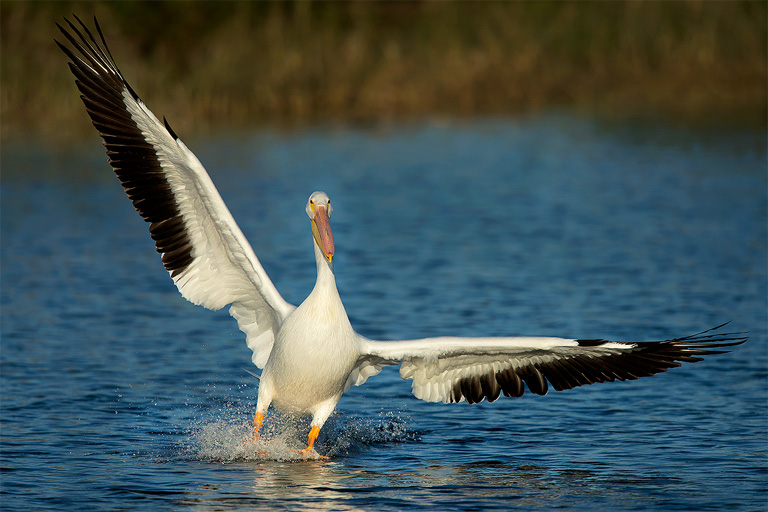
For this shot, I was glad I had my AF-C release mode set to “Release” rather then “Focus” According to Capture NX, the camera did NOT have an AF lock, however, the eye of this bird is crazy tack sharp. Had it been set to “Focus”, the camera wouldn’t have fired. (Nikon D4, 600mm + 1.4TC, 1/4000th, F6.3)
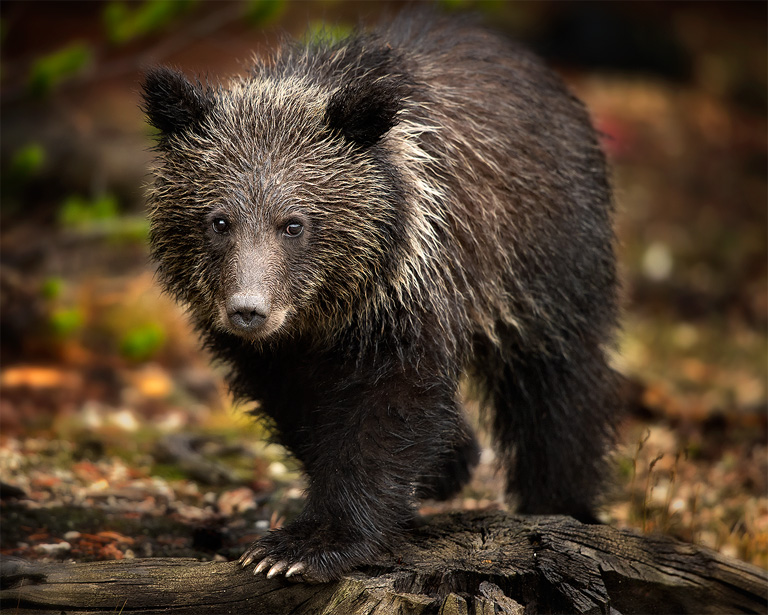
This was an easy catch with single point AF, despite the fact that the cub was walking. For images like this, I generally won’t turn to Dynamic or Group AF – it’s easy enough to keep a single AF sensor on his eye as he moves. (Nikon D4, 600mm + 1/400th, F4.5)
PS…
If you enjoyed this article, I think you’ll REALLY like my e-books, Secrets To Stunning Wildlife Photography and Secrets To The Nikon Autofocus System. They’re filled with hundreds of pages of information just like this. Check it out – click here (hey, it’s free to look 🙂 )




[…] Autofocus Problems – 8 Common AF Problems And SolutionsLong Lens Tripod TechniqueUnderstanding Nikon AF Modes (updated)Get The Most From Nikon’s Auto AF Fine Tune SystemAF Help For Tricky, Low Contrast […]
[…] (Highlight Warning)HistogramsNikon AF ModesCopyrightM + Auto ISOAll About Auto ISOBack Button […]
Your articles are detailed, thoughtful and practical. As far as the point of keeper rate is concerned, thoughtful keeper rate is acceptable at an extent where focus-take-defocus-refocus-take method is used to ensure critical focus however there is a breed of photographers for whom keeper rate is a proud feeling term where they just keep on snapping even a still subject with an expectation that at least one of the pictures will surely be sharp. Take away the memory cards and then let us see 🙂
Hi Steve, I’m a dog photographer from Germany and I found your article regarding the AF options and suggestions for the D500. I bought mine some month ago. Used the D7100 before. Now with the D500 (should be better than D7100) I’m often struggeling with keeping the eyes of the dogs in focus if they run fast straight towards me. Fokus is often lost. I tried Single-Point-AF, as before with the D7100. And I tried D-25 but the sharp shots are minimal. I use my Tamron 70-200 2.8 G2 and I think this should be fast enough for this kind… Read more »
Thank you for the great articles and videos. I am learning my way around my D500 with your help. Your sample shots are amazing by the way.
I love the way u do it ur so great with that a freaky in out the way it
Thanks for your terrific “Understanding Nikon AF Settings” guide. I purchased it a couple of days ago and have found it very well written and extraordinarily useful. To date I’ve set up all my Nikon DSLR’s for back button AF and I’m very happy with the results. Now on to focusing in Live View!
Hi, just wanted to say this book is great. Learning the back focus makes a whole difference. Just getting used to it… Second thing continuous focus… Simple things missed.
Would you or anyone know how to setup similar on a fuji xt2 by chance. Hangs out with my d810 not mastered the settings yet.
Thank you Steve
Steve, I really enjoy your written commentary and videos. I am looking forward to your new AF guide particularly since you spotted that apparent change in how the D500 tracks subjects. Is there any update on that? You have definitely pre-sold a copy to me! In the meantime I have been primarily using Group-area AF and am pretty happy with that.
Thanks!
Looks like the end of the month – maybe (just maybe) a week from this Tuesday or so. (March 28th or so)
So now that it’s March 31, what is the new guess on when it’s coming out? Just curious, I pre-ordered it and am anxious to get my hands on it.
Thanks for the per-order 🙂 Still looks like today. I thought I was going to get it done yesterday, but ran into a snag (non-book related). So, keep an eye out, it’s coming very soon!
Awesome! Thanks! Looking forward to reading it!
Thanks for a great AF guide!
Can’t wait for the AF “Book” or “Encyclopedia” as it seems to be going. So many options.
Just hoping you may cover some AF options there for those of us with D3s and D3X cameras. I know it’s limited compared to the new D5 and D500, but we all can’t upgrade that fast, and I tend to buy glass before bodies! Thanks Steve!! 🙂
Best
Ed
Hi Steve, can you please tell us the make/model of ball head and monopod you are using for your BIF shots? Thank you.
I usually don’t use a monied, just tripods. I have a 3 series Gitzo with a Really Right Stuff BH-55 ballhead for one rig. The other is a 5 series Gitzo with a Wimberley WH-200 gimbal head.
Dear Steve
Thanks fot this article, it’s very helpfull!
I have another problem:
2 or three monts ago I bought your e book “secrets of stunning wildlife photography” and enjayed it very much. Since the last update of my I- pad all my i- books are lost. Woul it be possible for you to check my order and send me the link again?
Many thanks from Switzerland
Walter Frei
Thanks – and I just had the system resend you the download info 🙂
Wow! What sharp photos!! Very good suggestions for an amateur like me. Thanks!
I have a Nikon d3300 with a Nikon 55-200mm vr ii lens, the latter I bought only recently. Could you tell me at what focal length is this lens sharpest? By the way I am from Sikkim, India.
Warm Regards.
Hi –
Thanks for the kind words. I’ve actually never used the 55-200, so I don’t know where it’s sharpest, sorry.
I am constantly using your suggested settings in an attempt to improve my wildlife photos. Now I have the D500 so will be using the 300PF with a 1.4 tele and a 200-500 5.6, most likely w/o the tele as I can’t seem to keep focus while using it. Will try the technique of using AfC and not keep trying to re-focus by removing and replacing my finger on the AF back button. Wish me luck please!
This shows the need to be very familiar with your camera and menu options. If you have to hunt around to figure out how to switch between AF modes, you’re likely to miss the shot.